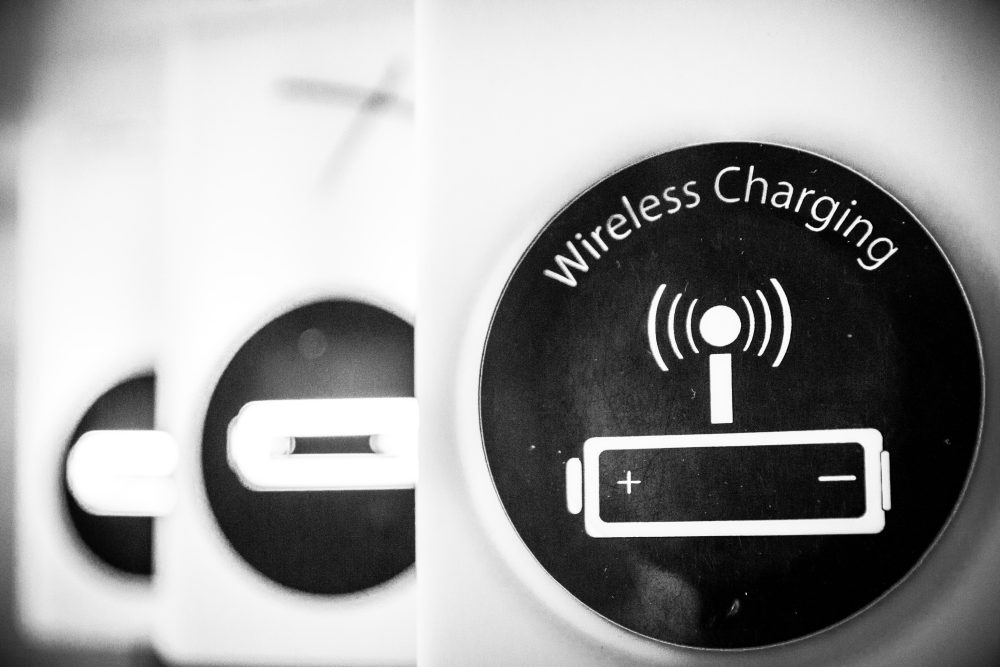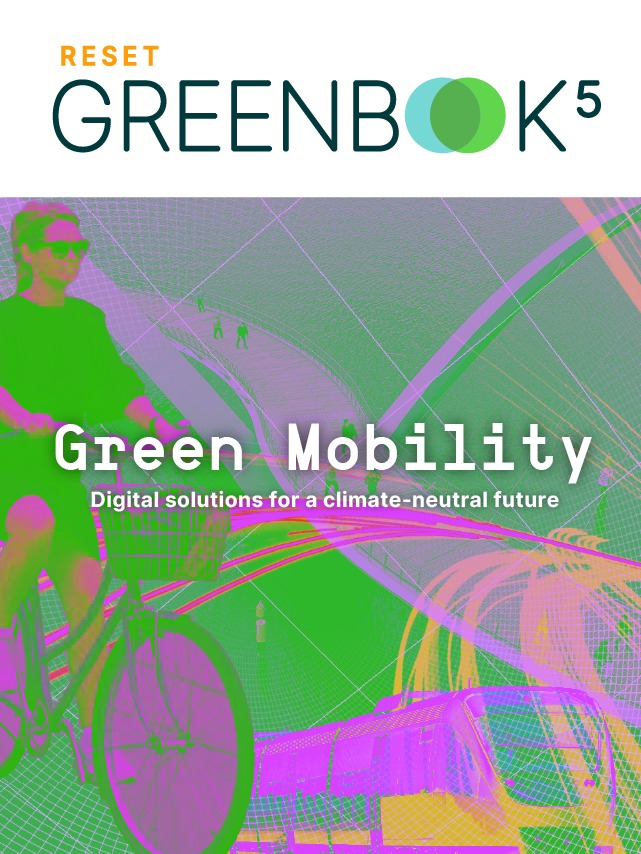In the fight to move away from non-sustainable forms of energy, the development of electric vehicles has been an important litmus test. Are people willing to sacrifice convenience, in this case in the form of time spent charging, for sustainability? In the case of electric vehicles (EVs), uptake has, while improving year on year, been slow.
As we’ve already written about in some detail, the ongoing energy crisis across Europe and beyond has incentivised many EV manufacturers as well as investors to focus their efforts on improving EVs. Consumer interest in EVs has always been present, but with doubts about whether the universal rollout of e-vehicles is possible with the current issues surrounding battery longevity, charging options and availability, uptake has been slower than expected. In countries such as China and Norway, where governments have given financial incentives, sales of EVs are the highest in the entire world, suggesting a compounding link between affordability and uptake.
Private transport’s carbon imprint: Basic facts
Transport was responsible for around 25 percent of the EU’s total CO2 emissions in 2019. A staggering 71.7 percent of this came from road transportation according to the European Environment Agency.
The EU aims to achieve a 90 percent reduction in greenhouse gas emissions from traffic by 2050 compared to 1990.
However, it’s not going well. Transport is the only sector where greenhouse gas emissions have actually increased, rising 33.5 percent between 1990 and 2019.
Passenger cars account for 61 percent of EU road transport carbon emissions.
Wireless charging: An EV revolution?
Wireless, or inductive charging could be an answer.
Put simply, people like convenience. If you drive to work every day, the difference between popping into a service station to fill up in five minutes, versus needing to charge while parked for an hour or overnight, is not insignificant. Traditional EV charging, while better for the environment, requires some forward planning. Low(er) driving ranges and long charging times have understandably made consumers think twice about considering EVs a viable option. For example, today’s standard electric car has a range of between 350-480 kilometres, whereas traditional cars can achieve a range of up to 955 kilometres with a full tank. Although, as most daily commutes in the EU are 30 minutes or under, perhaps these are figures not to get fixated upon.
Technology is moving forward quickly in this department. Swiss company ABB in partnership with Shell is planning to roll out the fastest electric car charger rate in the world a new EV charger in Germany in 2023 that will be capable of charging at a speed of 360kW. Named ‘Terra 360′, the battery cannot be fully charged at this speed, this would mean a recharging stop of 10 minutes approximately every 300 kilometres. As these vehicles become more efficient, so too will the time required for recharging drop. Even if the maximum charging capacity – and thus the range – is lower for vehicles with slightly smaller batteries, the charging times will then increase to a maximum of five to six minutes per 100 kilometres of range.
However, it is wireless charging that is exciting EV enthusiasts the most. Rather than being plugged in at the mains, wireless EV charging works by simply driving the EV over an underground charger. These can, and have been, installed under roads, meaning that your EV could be charged while you’re en route, cutting down charging time to, essentially, zero. Likewise, EVs using wireless charging benefit from needing much smaller batteries, requiring a smaller manufacturing carbon imprint, increasing the environmental benefits of the technology.
How does wireless charging work?
Wireless charging works by transferring electricity from one magnetic coil in the charging pad to another one fitted to the car. Imagine wireless phone chargers, where you simply place your phone onto the pad and it charges without cables. Wireless charging for cars works in a similar way.
Israeli company Electreon are currently testing their “charging lanes” for smaller vehicles, whereby vehicles are “refuelled” with electricity generated from the surface of the road. In Sweden, a pilot project on the island of Gotland is already underway. A 1.6-kilometre stretch of road has been fitted with underground charging coils which are powerful enough to power a bus.
The idea of charging roads has also, crucially, been embraced by automotive monolith Stellantis, the parent company behind iconic automotive brands like Fiat, Chrysler, Citroen and Peugeot, among others. They are already testing wireless charging with the new electric Fiat 500e, also using the charging technology from Israel’s Electreon.
As wonders of wireless phone chargers will know, induction charging is not always as quick as when you plug it in directly. The same is true for wireless car charging. However, according to Stellantis, the system they tested was powerful enough for the 500e to “travel at typical highway speeds without consuming the energy stored in its battery”.
Green Mobility – Digital solutions for a climate-neutral future
Autonomous vehicles, e-mobility, AI-controlled traffic planning, new modes for moving from A to B — what will the mobility of tomorrow look like?
We present the digital solutions being proposed for climate-neutral transport and logistics and discuss the new challenges of “digital mobility” in this dedicated special feature.
“Tests are showing that the efficiency of the energy flow from the asphalt to the car is comparable to the typical efficiency of fast charging stations, so the driver does not need to stop to recharge”.
And, as with several other developments in greener transport, digitalisation plays a key role. A smartphone app complete with intuitive graphics is already scoped out for Qualcomm’s wireless charging system, which streamlines the alignment of the charging pads between car and road.
Can we expect induction charging on our roads soon?
However, the biggest hurdle to a large-scale rollout is not the charging speed, but the initial infrastructure investment. The technology is still far too expensive for large-scale expansion. Private companies and investment firms do not have the power and seldom deep enough pockets to truly be able to implement the technology. Experts argue that it is governments that must step in quickly and decisively to push the technology — in order to make an impact on traffic carbon emissions before it’s too late.
Once the technology is out of the development phase, however, investment and infrastructure could quickly accelerate.









